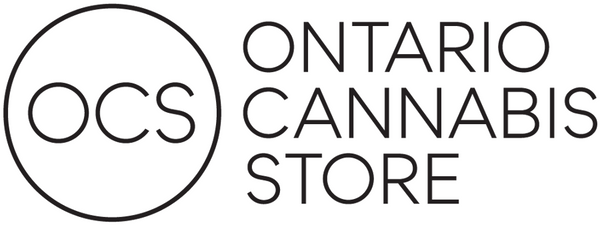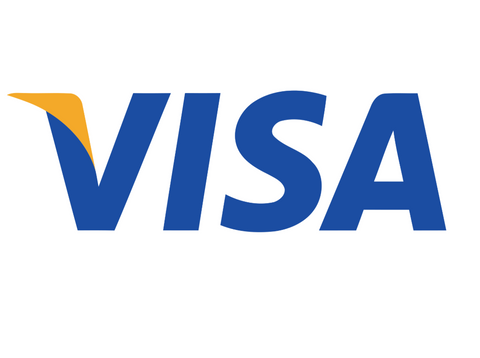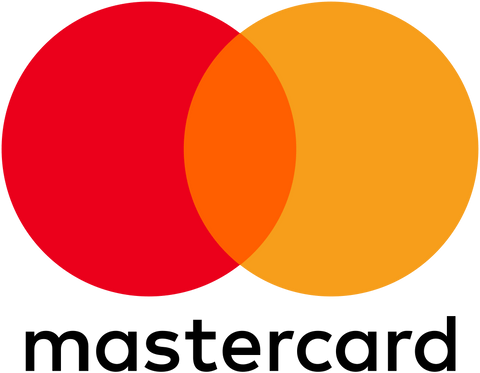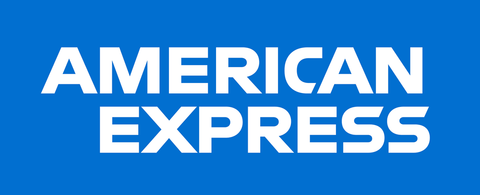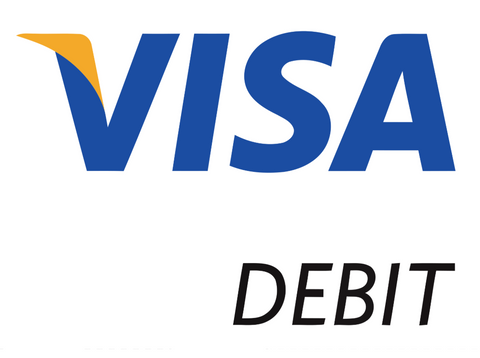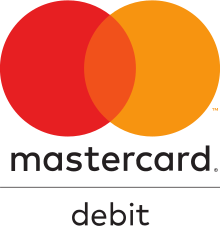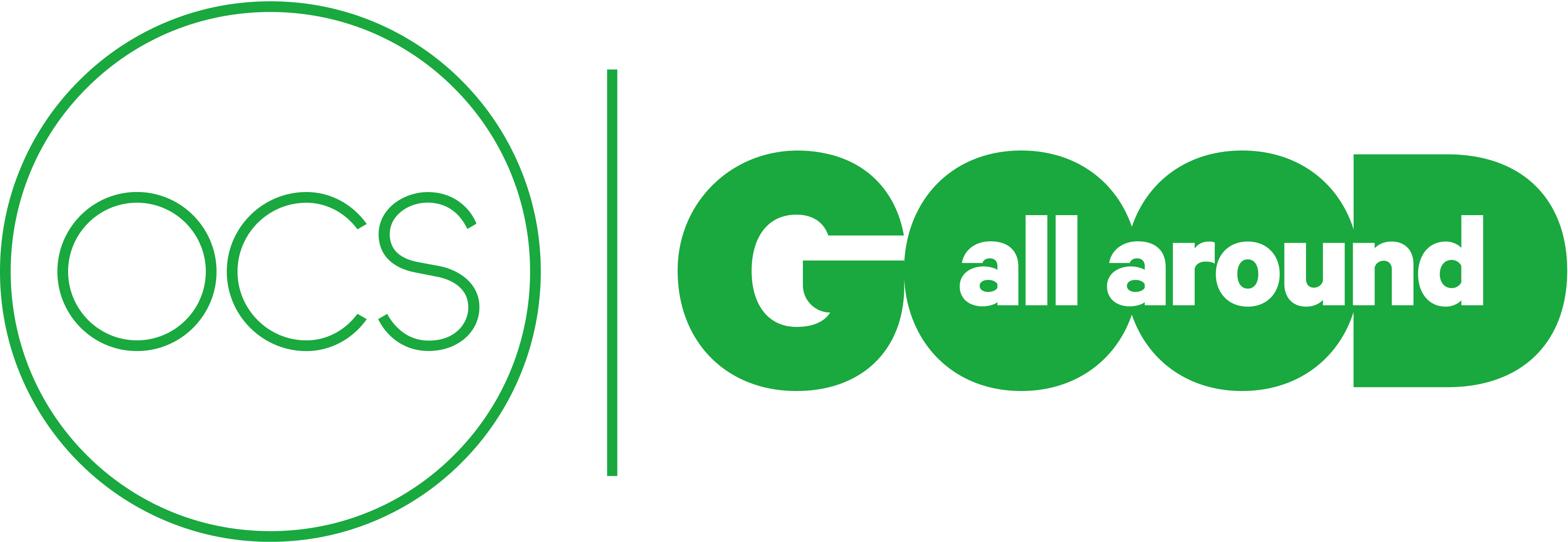Choosing Cannabis Products
How to Read a Cannabis Product Label
Legal cannabis product labels are full of details that can give you a better understanding of what’s inside the package. Find out what all the symbols and numbers mean.
Last updated October 17, 2025 | Published on April 25, 2023

Health Canada strictly regulates the packaging and labelling requirements for legal recreational cannabis products — which means Licensed Producers are required to share a lot of information about their products directly on the packaging.
While this makes for a busy label, it also means you’ll find all the information you need to understand what you are buying. And, because the labelling is consistent for every product, if you can read one, you’ll be able to read them all.
Here is a closer look at the information you can find on cannabis packaging in Canada, specifically for cannabis seeds, dried cannabis, extracts and concentrates, topicals and edibles, and how to make sense of it.
Class of cannabis
By looking at the label, you’ll learn what type or class of cannabis the product belongs to. These categories include:
- dried cannabis
- fresh cannabis
- cannabis plants
- cannabis plant seeds
- edible cannabis
- cannabis extracts (includes products categorized as concentrates on OCS.ca)
- cannabis topicals
Note that clones are available at some Farmgate stores. OCS.ca does not currently sell cannabis plants or clones.

Cannabis species and cultivar
The label may also tell you which of the three main cannabis species (indica, sativa and hybrid, each with its own unique characteristics) is used in the product. Some cannabis labels may indicate the specific cultivar name the Licensed Producer has given the plant used.

Packaging and expiry dates
The label must list the date the cannabis was packaged — this refers to the date when the cannabis product was sealed in its final packaging, not when it was harvested. Expiry dates, which are used to communicate the stability of the product in regards to potency, are not mandatory in Health Canada regulations, so some Licensed Producers might not provide them.
Some edibles, however, must list a durable life date (also known as the “best before”) if the quality of the product will degrade within 90 days of manufacturing. This doesn’t mean the product expires or is unsafe to consume after the date, but its potency, flavour, texture or freshness may have diminished. Note that for all edibles, once the package is opened, the product’s shelf life will change.

Total weight or volume
While the weight of the product listed on the label may seem self-explanatory, it’s worth knowing that Health Canada does allow for slight weight variances. For dried flower, for example, it may vary up to 10% for products weighing less than two grams and up to 5% for two grams or more. So if you were to weigh your cannabis straight out of the package, you may notice a slightly higher or lower amount than specified. All products are identified by weight except infused beverages — they are identified by volume.

Standardized cannabis symbol and health warning
Any product that contains 10 micrograms of tetrahydrocannabinol, or THC, per gram or more must display the standardized cannabis symbol to warn consumers that the cannabis product contains THC. The symbol is a white cannabis leaf inside a red hexagon, bearing the abbreviation “THC” on a black background.
You’ll also see a message highlighted in yellow that carries a warning about the potential health risks and effects of using cannabis, as well as the statement “Keep out of reach of children” in uppercase letters.

How much THC and CBD it contains
As the two cannabinoids primarily responsible for the effects of cannabis, THC and cannabidiol, or CBD, content must be displayed on every product label.
It’s important to know that cannabinoids are activated when exposed to heat or oxygen, a process called decarboxylation. In its natural state, cannabis has a low level of active cannabinoids. When cannabis is decarboxylated, either through heating or exposure to oxygen over time, its cannabinoid levels increase.
“Total THC” and “Total CBD”
On package labels, the “total THC” and “total CBD” represent the active cannabinoid levels in the cannabis when ready for consumption. Oil and capsule products have been processed (and the cannabinoids heated already), so these numbers reflect the THC and CBD in the product when consumed out of the package. For dried flower, these numbers indicate the amounts of THC and CBD the product will have when it’s heated for consumption.
“Total THC per activation” and “Total CBD per activation”
For extracts in packaging that dispenses a specific amount, you’ll see “total THC per activation” and “total CBD per activation,” meaning how much is in each dispensation.
The unit of measure for listing THC and CBD content varies depending on the product type. These are the different ways the content may be displayed:
- milligrams per unit, or mg/unit (for products such as edibles, lozenges and capsules)
- milligrams per gram, or mg/g (for dried flower, ingestible oil, vape cartridges and pre-rolls)
- milligrams, or mg (for beverages and some topicals)
For a deeper dive into how THC and CBD content is represented on packaging, read How to Understand THC, CBD and Other Cannabinoid Content on Product Labels.

Cannabis producer and logo
Licensed Producers must provide their brand name and contact details on the label of their products, in case a consumer should ever want to get in touch. The brand’s logo may also appear on the label.
Lot number
Each product includes a lot number referring to a specific harvest, or “lot” of products, which helps trace it back to the Licensed Producer’s quality control processes. Take note of the lot number, preceded on the label by Lot number, Lot no., Lot or (L), when making a product inquiry.

Ingredients, allergens and nutrition facts
All ingredients are listed on the packaging for edibles, topicals and extracts. And just like a prepackaged cookie from the grocery store, all edible cannabis products must display a nutrition facts table, listing calories, fat, fibre, sugar, protein, sodium and more.
Plus, edibles will identify any food allergens, gluten and added sulphites; extracts will also list allergens.
Excise tax stamp
Licensed Producers are required to seal every product, regardless of format, with an excise tax stamp before delivering it to the OCS. The stamp proves that the product was legally produced and has not been tampered with. While the look of each stamp varies among the provinces and territories, the middle portion should glisten under light and display a unique number.
Understanding cannabis labels is an important part of making an informed decision about products. While labels contain a lot of information and feature some unique elements, the details are helpful once you know what they mean. Read every label carefully to find the information you need.

